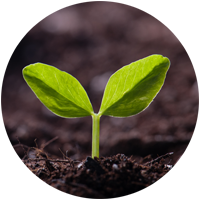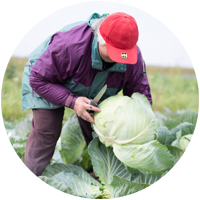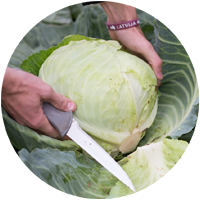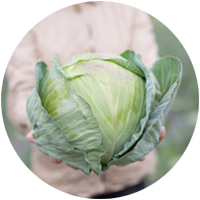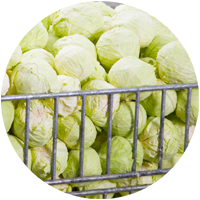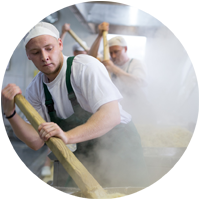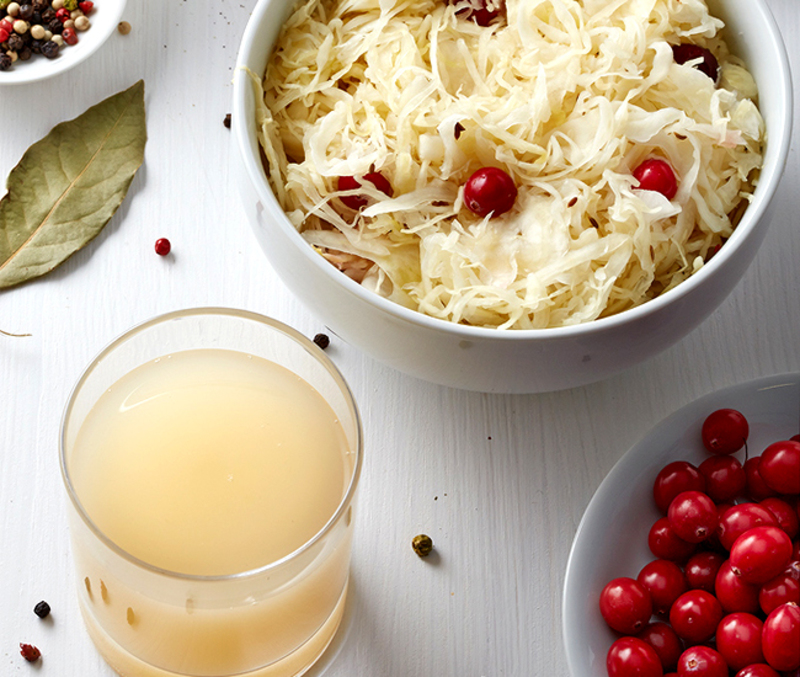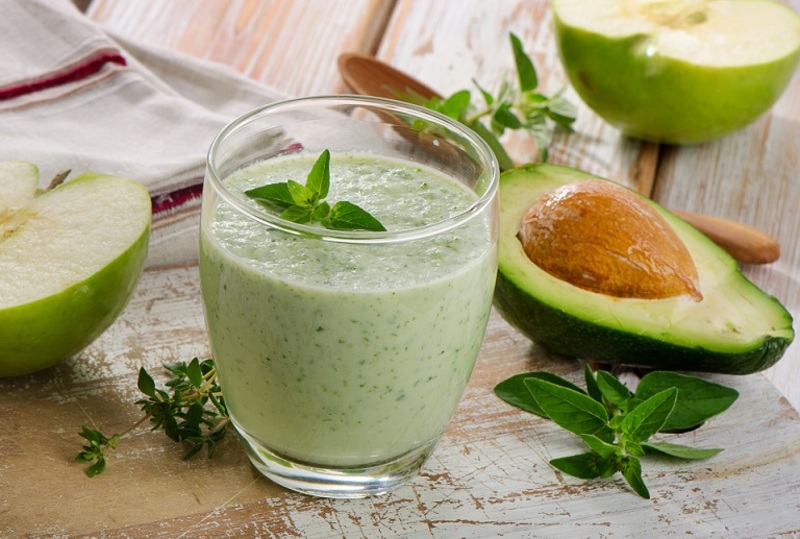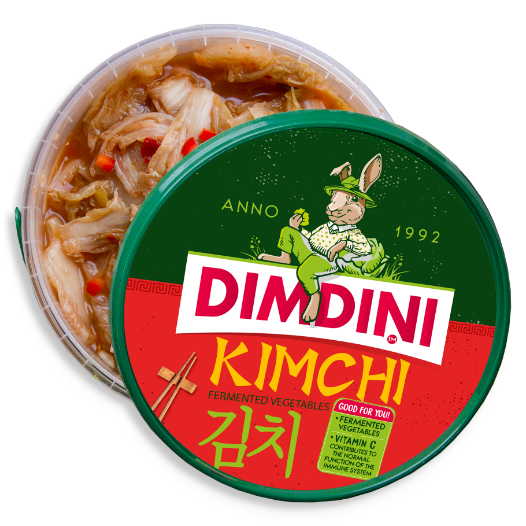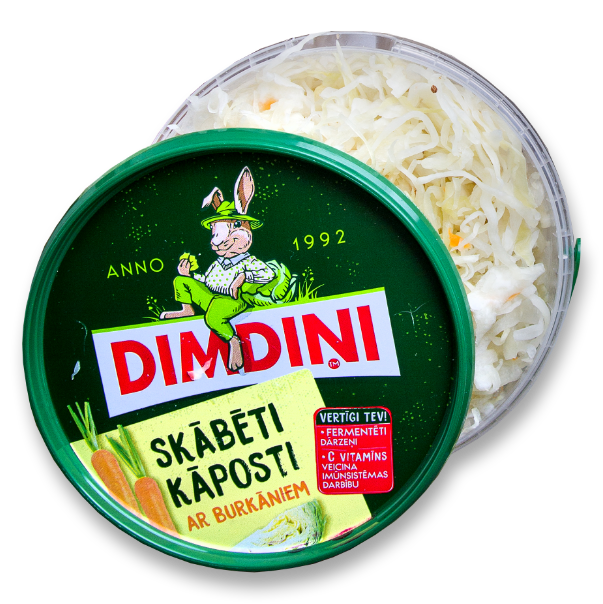Dimdiņi is a company that is constantly developing. Year after year, new recipes and types of vegetable salad are created. The vision of the company – is to lead a healthy lifestyle, which is why the products we offer meet this goal.
The first manufactured products were Dimdiņi sauerkraut and sautéed Dimdiņi sauerkraut – cabbage dishes made using traditional family recipes that have gained customers’ appreciation and have stayed the same from the very beginning. The recipe for sautéed Dimdiņi sauerkraut has been inherited by the third generation already. At Dimdiņi, we combine respect for traditions with creating new, topical, and clean flavors in a modern way!
Our philosophy of taste and quality is based on recognizing the importance of consuming good and valuable products that are manufactured, using high-quality ingredients only. Our newest product – fermented vegetable Kimchi – is extremely healthy and rich in flavor!
The products are made with love and our best intentions and efforts, just for you!
The first manufactured products were Dimdiņi sauerkraut and sautéed Dimdiņi sauerkraut – cabbage dishes made using traditional family recipes that have gained customers’ appreciation and have stayed the same from the very beginning. The recipe for sautéed Dimdiņi sauerkraut has been inherited by the third generation already. At Dimdiņi, we combine respect for traditions with creating new, topical, and clean flavors in a modern way!
Our philosophy of taste and quality is based on recognizing the importance of consuming good and valuable products that are manufactured, using high-quality ingredients only. Our newest product – fermented vegetable Kimchi – is extremely healthy and rich in flavor!
The products are made with love and our best intentions and efforts, just for you!








